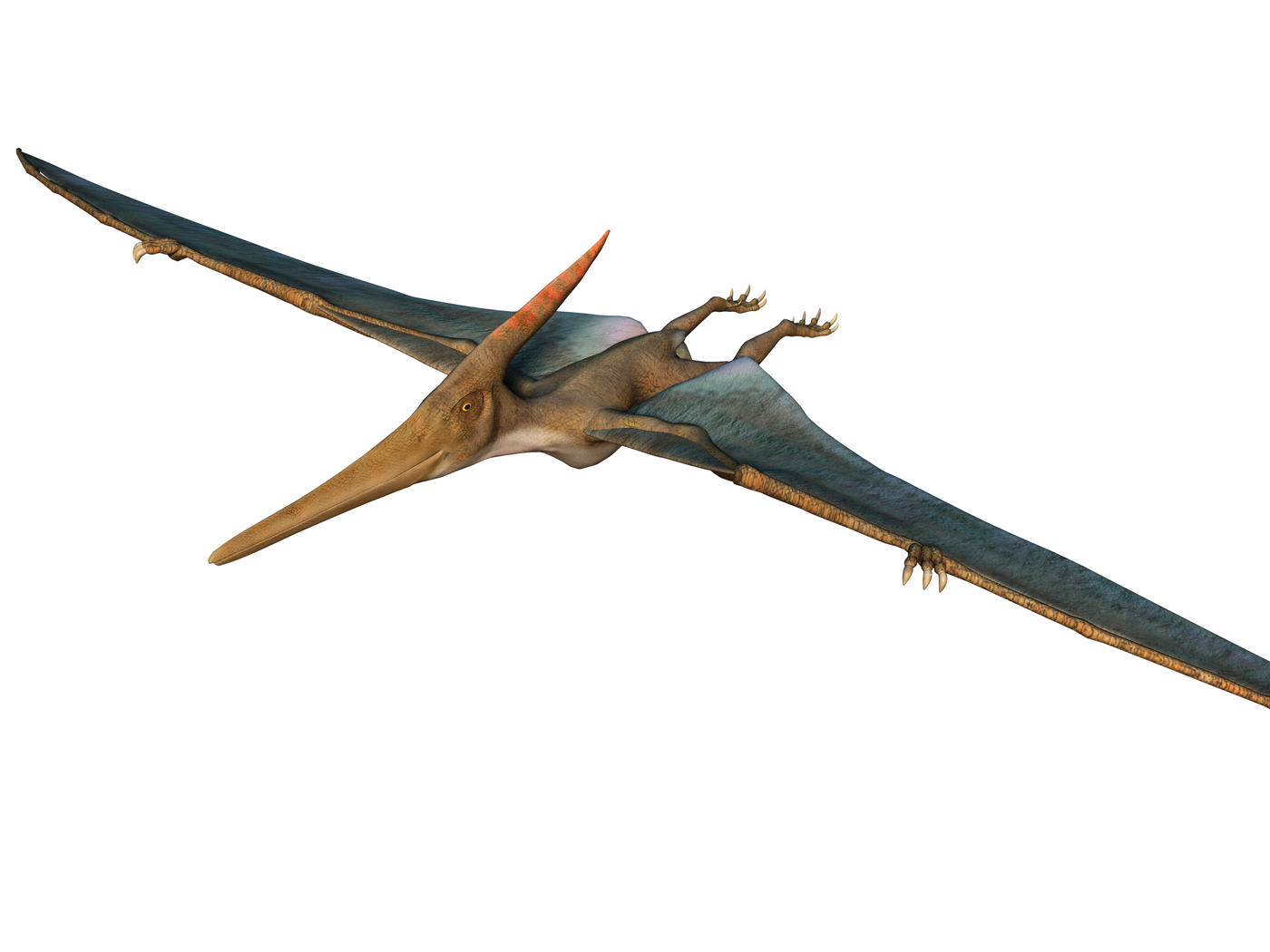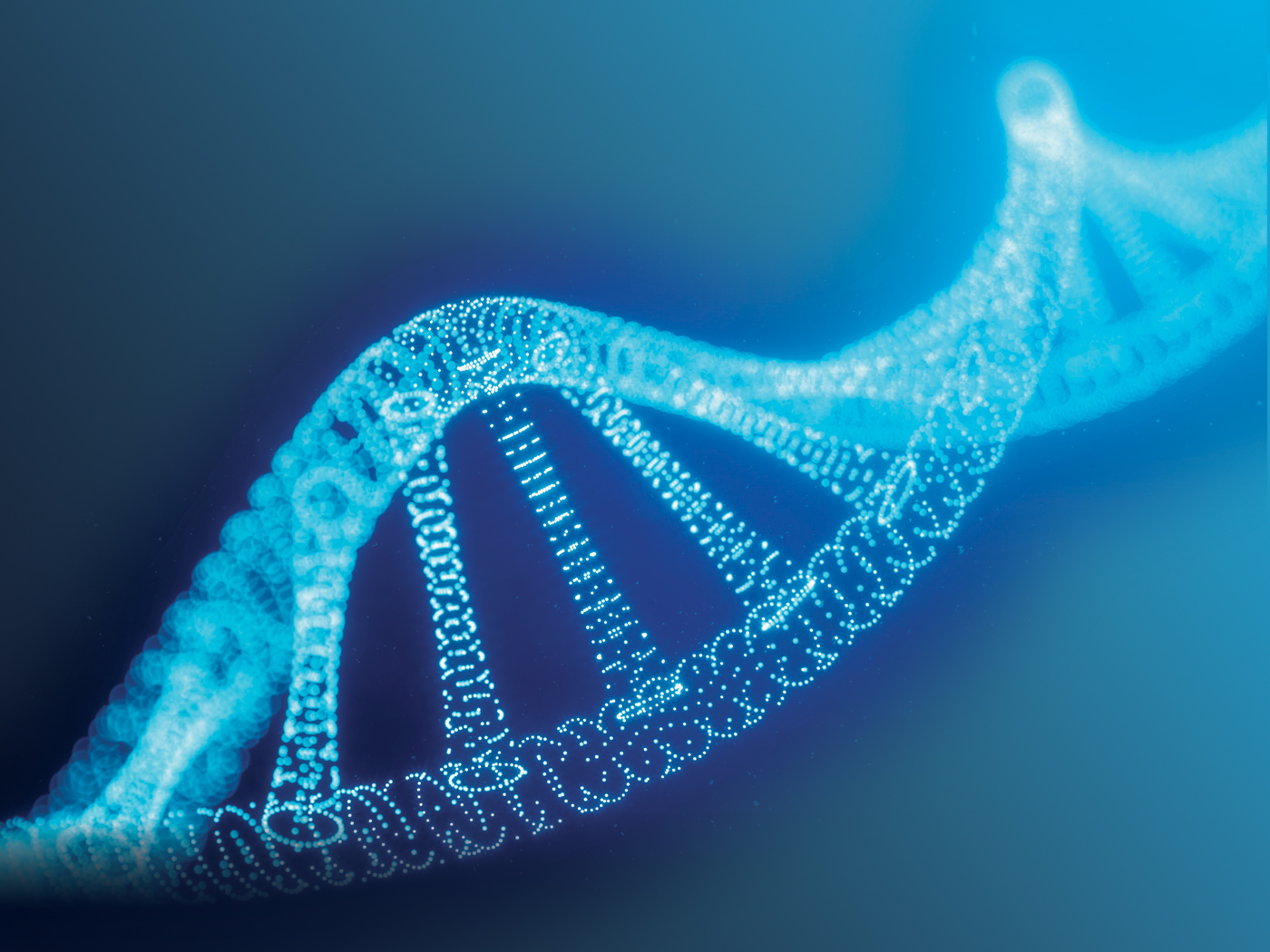
On the Origin of Dogs
Overall, there are more dogs than children in American and British households.1 Dogs have become a huge part of humans’ lives. How and when did they get here?

Study Shows Bird Species Change Fast
Biologists recently found that feather colors and songs vary among some species within the South American genus Sporophila, also known as seedeater birds. But strangely, they did not find any genetic differences in the form of species-specific DNA markers. Do these variations fit any evolutionary pattern?

Whales in the Desert?
Workers expanding a highway in 2010 found fossils of 80 huge whales in desert sandstones in Chile, prompting questions of how they died and why they were so well preserved.

Shrimp Shells Inspire New Biodegradable Material
Harvard's Wyss Institute specializes in designing new materials and devices that mimic patterns found in living things. Their latest contribution was inspired by the versatile material found in insect cuticle, which is strong and flexible, yet remarkably lightweight.

Another 'Goldilocks' Planet Stirs ET Hopes
In late 2010, news media were abuzz about a very distant planet that astronomers thought might be just right for life because it appeared to be orbiting in the "habitable zone" of its star.1 Headlines referred to it as a Goldilocks planet, because it was possibly "not too hot and not too cold" for liquid water on its surface.









